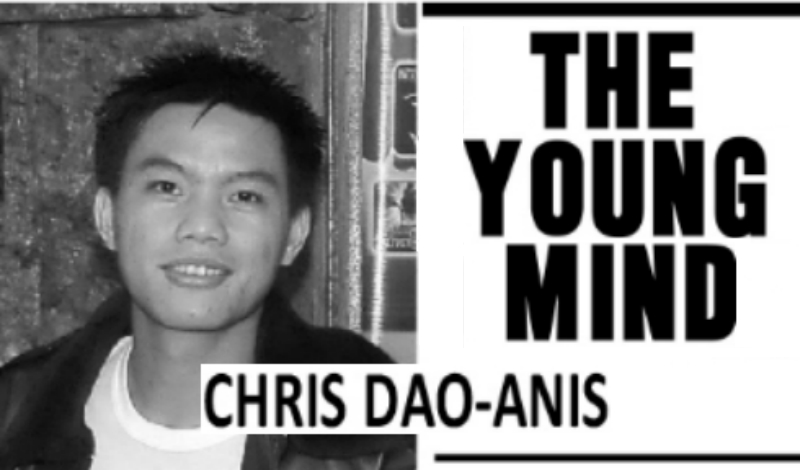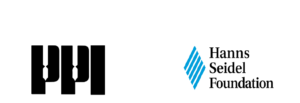Management and leadership are two different things. They say that you manage things, you lead people. You manage with the head, you lead with the heart. Management is task-based, leadership is ‘touch-based.’ But in practice, it is not either or. It has to be both!
Hence, we have to look into how leadership meets management. We cannot separate the two. It has to be a combination of the two. In the different functions of management, where does leadership come in? Let’s look at the four functions:
First, planning. Planning is where we sit down and talk about our goals. We set our mission (what we want to do) and our vision (what we want to be). We do this with the guidance of our values (what we believe in).
Sense of ownership by the people is very important in this stage. For the mission and vision to be owned by all people in the organization, the leader has to enlist them. Whether he is to set the vision and enroll them into it or he is to paint a canvas of vision together with the people joining him, with him setting the tone and direction of where it has to be.
The supervisor or manager or leader has to enlist them in the mission, vision, and milestones so that when the people will set their own goals, they are to align them to the overall goal.
Second, organizing. Part of organizing is understanding that our tasks today affect the tasks tomorrow. What we achieve today affects what we achieve tomorrow. In this area, scheduling, setting tasks and timelines, and the assignment of roles and responsibilities are included.
In the assignment of roles and responsibilities, the qualities of a leader has to come in. To be able to put the right persons in the right positions, it is important that the supervisor is able to spot the strengths and qualities of the person. Only a person with leadership qualities can do this because he does not only look at the performance but also the potential. He sees a balance in both.
Third, executing. Executing is more than just actualizing your aims. It also involves engaging, motivating and inspiring your people. Engaging them in informal and casual conversations is very important. It is in knowing their stories and struggles that you are able to understand your people. This usually comes outside of formal meetings and discussions.
At times, one-on-one meetings with each of them helps. This may be done in a coffee shop or in a casually tone down conference room.
You also have to know how to inspire them and move them to action. A leader understands that what moves people the most are what is not seen but what is felt. He knows how to balance both extrinsic and intrinsic motivators. This is where leadership meets management in this function.
Fourth, monitoring. Monitoring performance in terms of efficiency and effectiveness is key. But this is not enough. With this is the leadership skill in the fields of coaching and mentoring. When giving feedback or performance evaluation, the heart of a leader is crucial. It is not enough to just say what was done and what has to be done. The manner and the meat has to be conveyed in a helpful way. The corporate tone of frankness at times would be discouraging. Often times, to be encouraging demands being personal and personable. You don’t have to befriend your people but it is a need to be friendly with them.
In doing all these functions is the need for the leader or supervisor to communicate well. This is not just in spoken words but also in what is not spoken.
These are just some of the areas where we see how leadership needs to complement the management discipline. Both should combine or come into fusion for the team or organization to be effective and for the supervisor or manager can really lead and achieve people leadership and organizational effectiveness.
In this quick discussion of how leadership meets managements in its four core functions, what do you think are the areas where you need to improve in?
Note that this question is not just for those with positions. After all, leadership is not a position but influence. Whatever your position in the organization is, it is important to ponder on these things and see how you can level up your game to contribute to the organization. In doing so, you are also contributing to yourself.
(Chris Dao-anis, CPA, ACG, ALB is a trainer and speaker on communication and personal leadership. His latest book ‘Living Large in the Little Things’ is available at Mt. Cloud Bookshop, Casa Vallejo, Upper Session Road, Baguio City. For talks and trainings, email him at chrisdaoanis@gmail.com or visit his website at www.chrispoweracademy.com.)














